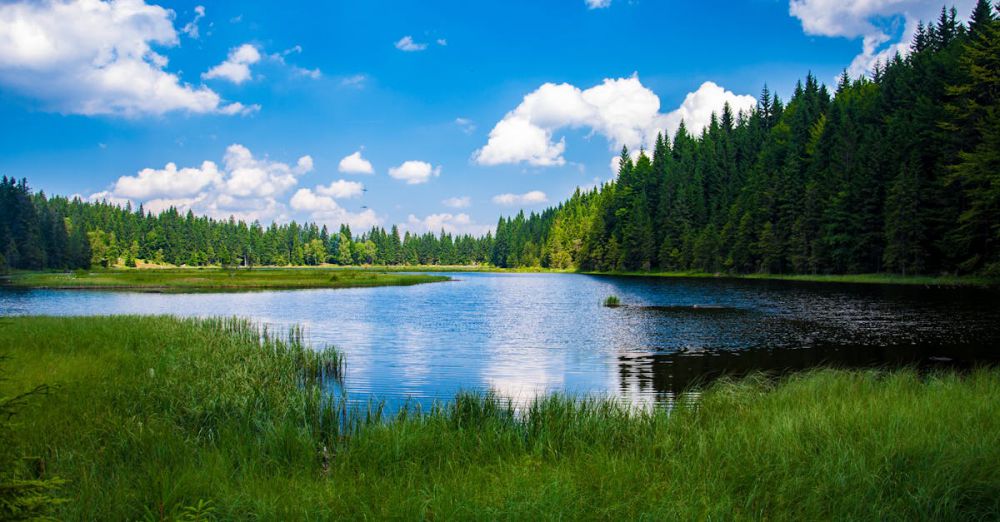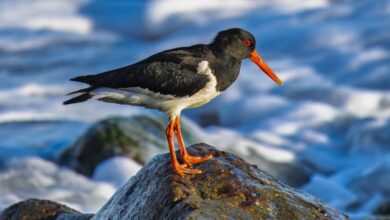Where Can I See Migratory Birds on the Great Lakes
The Great Lakes, a stunning natural wonder in North America, offer a unique sanctuary for migratory birds. Spanning across five states and two countries, these vast bodies of water attract countless bird species each year during their seasonal migrations. From the shores of Lake Superior to the marshes of Lake Erie, birdwatchers and nature enthusiasts can immerse themselves in the spectacular sights and sounds of avian life. This article explores some of the best locations around the Great Lakes to witness these remarkable migratory birds.
Migratory Hotspots on Lake Michigan
Lake Michigan is a prime destination for bird lovers, especially during spring and fall migrations. The Indiana Dunes National Park is an extraordinary site, where the convergence of diverse habitats creates a perfect stopover for many species. Here, you can observe warblers, sandpipers, and shorebirds as they pause to refuel. The park’s unique ecosystems—dunes, wetlands, and forests—provide ideal nesting and feeding grounds.
Another fantastic spot is the Milwaukee Lakefront in Wisconsin. The lakefront parks, such as Lake Park and Veterans Park, are renowned for their migratory bird sightings. As you stroll along the shoreline, keep an eye out for the vibrant plumage of orioles and the distinctive calls of thrushes. The Milwaukee area is particularly famous for its impressive diversity of raptors, including hawks and eagles, which soar overhead during migration.
The Rich Ecosystem of Lake Erie
Lake Erie, the shallowest of the Great Lakes, has an abundance of wetlands that serve as critical habitats for migratory birds. The Magee Marsh Wildlife Area in Ohio is a must-visit location, especially during the annual Biggest Week in American Birding, usually held in early May. This event attracts birdwatchers from around the country, all eager to catch a glimpse of the hundreds of species that flock to the marsh, including the sought-after Prothonotary Warbler and the vibrant Blackburnian Warbler.
Further east, the Point Pelee National Park in Canada is another hotspot. Located at the southernmost tip of the Canadian mainland, this park serves as a funnel for migrating birds. The unique geography creates a concentrated passage for species traveling north and south. Birdwatchers here can expect to see a dazzling array of warblers, along with various species of ducks and shorebirds. The park’s boardwalks and viewing platforms make it easy to observe these stunning creatures while enjoying the breathtaking scenery.
The Scenic Trails of Lake Superior
Lake Superior, the largest of the Great Lakes, is known for its rugged beauty and diverse ecosystems. The Apostle Islands National Lakeshore in Wisconsin features pristine wilderness and numerous islands that provide habitat for migratory birds. Kayaking around the islands offers an intimate view of birds like the Common Loon and various species of gulls. The surrounding forests and wetlands are also home to migratory songbirds, making it a paradise for birdwatchers.
In Michigan, the Keweenaw Peninsula is a hidden gem for bird enthusiasts. The region’s varied terrain, including forests, lakes, and wetlands, attracts a multitude of migratory species. The Copper Harbor area is particularly popular for spotting rare birds, such as the Black-throated Blue Warbler. Hiking trails offer excellent vantage points, allowing visitors to immerse themselves in the sights and sounds of nature.
Embracing the Experience
Seeing migratory birds in the Great Lakes region is more than just a visual spectacle; it’s an experience that connects you to nature. The thrill of spotting a rare species or witnessing a flock in flight ignites a passion for wildlife conservation and appreciation for our natural world. Whether you are an experienced birdwatcher or a casual observer, the Great Lakes provide a unique opportunity to engage with these migratory marvels.
Plan Your Visit
To make the most of your birdwatching adventure, consider the timing of your visit. Spring migration typically occurs from mid-April to late May, while fall migration spans from late August to early November. Bring binoculars, a field guide, and a camera to capture the incredible moments. Remember to respect wildlife and their habitats by staying on designated paths and observing from a distance. The Great Lakes await, ready to unveil the mesmerizing world of migratory birds to those willing to explore.







